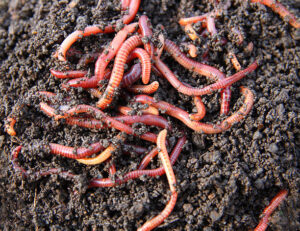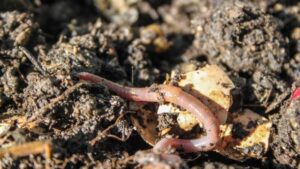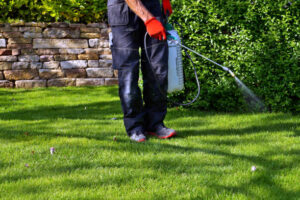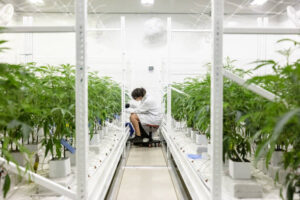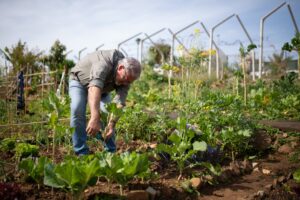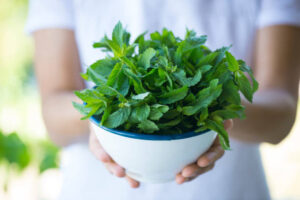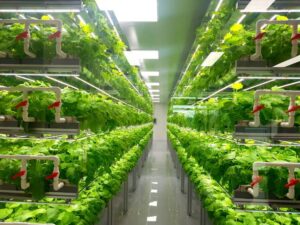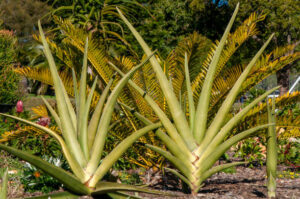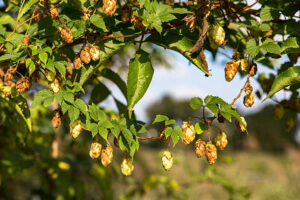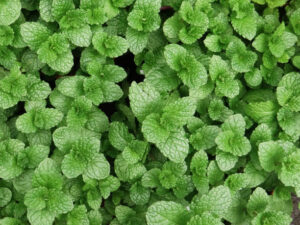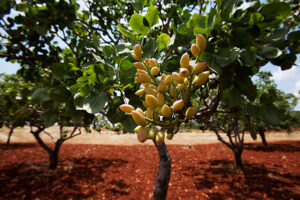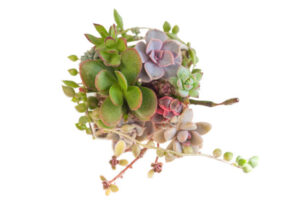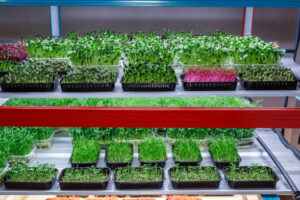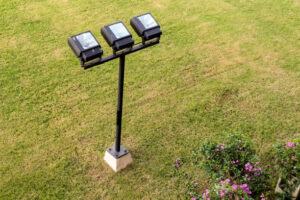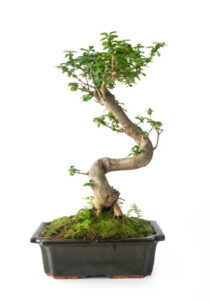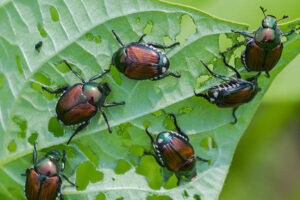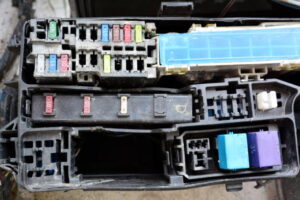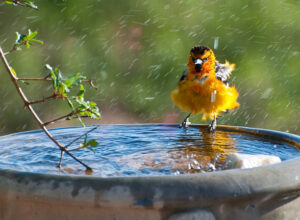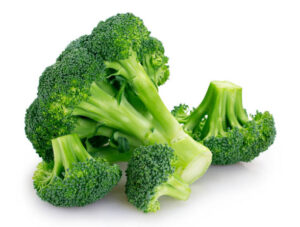Asian Citrus Psyllid: Defending Your Citrus Trees
Introduction
In the dappled sunlight of your citrus grove, where the scent of blossoms mingles with the promise of tangy fruit, a silent menace lurks – the Asian Citrus Psyllid. This tiny insect, barely visible to the naked eye, poses a significant threat to citrus trees, spreading a deadly bacterium known as Huanglongbing (HLB) or citrus greening disease. Left unchecked, HLB can devastate citrus orchards, causing stunted growth, yellowing foliage, and ultimately, the death of the tree. But fear not, dear citrus grower, for armed with knowledge and proactive measures, you can defend your precious trees against this insidious pest. Join us as we explore practical tips for protecting your citrus trees from the ravages of the Asian Citrus Psyllid and preserving the bounty of your orchard.
Understanding the Asian Citrus Psyllid
The Asian Citrus Psyllid (Diaphorina citri) is a tiny insect native to Asia, first detected in the United States in 1998. Adult psyllids are small, winged insects with mottled brown bodies, while the nymphs are flat, oval-shaped, and often yellow-orange in color. The Asian Citrus Psyllid feeds on the sap of citrus trees, causing damage to the leaves and stems. However, the most significant threat posed by this pest is its role as a vector for HLB. When an infected psyllid feeds on a healthy citrus tree, it can transmit the bacterium, leading to the development of HLB within the tree.
HLB is one of the most destructive diseases affecting citrus trees worldwide. When an infected psyllid feeds on a healthy citrus tree, it can transmit the bacterium, leading to the development of HLB within the tree. Symptoms of HLB include yellowing of the leaves, often in a blotchy or mottled pattern, uneven fruit development, and a bitter taste in the fruit. The disease severely affects the tree’s vascular system, impeding the flow of nutrients and water. Over time, infected trees can become unproductive and eventually die, resulting in significant economic losses for citrus growers.
Managing the spread of the Asian Citrus Psyllid and HLB requires a multifaceted approach. Early detection and rapid response are critical in controlling the spread of the pest and the disease. Regular monitoring of citrus groves for signs of psyllid infestation and HLB symptoms is essential. Sticky traps and visual inspections can help detect the presence of psyllids early, allowing for prompt intervention.
Biological control is one method used to manage psyllid populations. Natural predators, such as lady beetles and parasitic wasps, can help reduce the number of psyllids in citrus groves. Researchers are also exploring the potential of introducing specific parasites and predators from the psyllid’s native range to control its population.
Chemical control, including the use of insecticides, can be effective in reducing psyllid numbers, especially in areas with high infestation levels. However, reliance on chemical treatments must be balanced with the potential impact on non-target species and the environment. Integrated pest management (IPM) strategies, which combine biological control, chemical control, and cultural practices, offer a more sustainable approach to managing psyllids and HLB.
Cultural practices, such as removing and destroying infected trees, can help slow the spread of HLB. This practice is especially important in areas where HLB has been detected. Removing infected trees helps to reduce the sources of the bacterium, limiting the chances of healthy trees becoming infected. Additionally, planting disease-resistant citrus varieties and maintaining tree health through proper fertilization and irrigation can enhance the trees’ resilience to psyllid attacks and HLB infection.
Research into HLB and the Asian Citrus Psyllid is ongoing, with scientists exploring new methods to control the pest and the disease. Genetic engineering and breeding programs aim to develop HLB-resistant citrus varieties, offering hope for long-term solutions. Additionally, innovative approaches such as RNA interference (RNAi) technology are being investigated to target and disrupt the psyllid’s ability to transmit the bacterium.
In conclusion, the Asian Citrus Psyllid is a formidable pest due to its role in spreading HLB, a devastating disease for citrus crops. Effective management requires early detection, integrated pest management strategies, and ongoing research into innovative control methods. By combining biological, chemical, and cultural practices, citrus growers can mitigate the impact of this pest and protect their crops from the devastating effects of HLB.
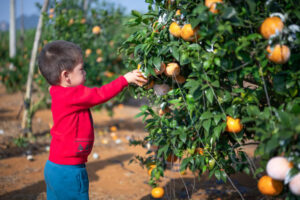

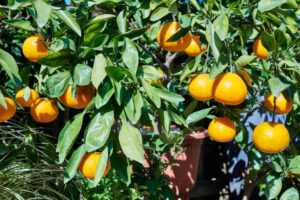
Protecting Your Citrus Trees
Monitor Regularly: Keep a close eye on your citrus trees, inspecting them regularly for signs of Asian Citrus Psyllid infestation. Look for the presence of psyllids, both adults and nymphs, as well as the characteristic waxy tubules they produce on the undersides of leaves. Early detection is essential for effective management of the pest.
Practice Good Sanitation: Maintain cleanliness in and around your citrus grove to reduce the likelihood of Asian Citrus Psyllid infestation. Remove any fallen leaves or fruit from the ground, as these can harbor psyllids and their eggs. Prune away any dead or diseased branches from citrus trees to improve air circulation and reduce hiding places for the psyllids.
Use Reflective Mulch: Consider using reflective mulch around the base of citrus trees as a deterrent against Asian Citrus Psyllids. The reflective surface disorients the insects, making it more difficult for them to locate and settle on the trees. Reflective mulch also helps to conserve moisture and regulate soil temperature, promoting healthy root growth.
Apply Horticultural Oils: Treat citrus trees with horticultural oils to control Asian Citrus Psyllid populations. These oils suffocate the insects on contact, effectively reducing their numbers without harming beneficial insects or other wildlife. Be sure to follow product instructions carefully and apply oils during periods of low wind to minimize drift.
Introduce Natural Predators: Encourage the presence of natural predators of Asian Citrus Psyllids, such as ladybugs, lacewings, and parasitic wasps, in your citrus grove. These beneficial insects feed on psyllids and their eggs, helping to keep populations in check naturally. Avoid using broad-spectrum insecticides that may harm these beneficial predators.
Consider Insecticides as a Last Resort: If Asian Citrus Psyllid populations become too large to manage through cultural and biological controls, consider using insecticides as a last resort. Choose insecticides labeled for use against psyllids and follow label instructions carefully to ensure safe and effective application. Rotate between different classes of insecticides to minimize the risk of resistance development in psyllid populations.
Conclusion
The battle against the Asian Citrus Psyllid may seem daunting, but with dedication and proactive measures, you can defend your citrus trees and preserve the bounty of your orchard. By monitoring regularly, practicing good sanitation, using reflective mulch, applying horticultural oils, introducing natural predators, and using insecticides judiciously, you can effectively manage psyllid populations and reduce the risk of HLB in your citrus grove. Embrace the challenge with determination and resolve, knowing that your efforts will ensure the continued health and vitality of your cherished citrus trees for years to come.



